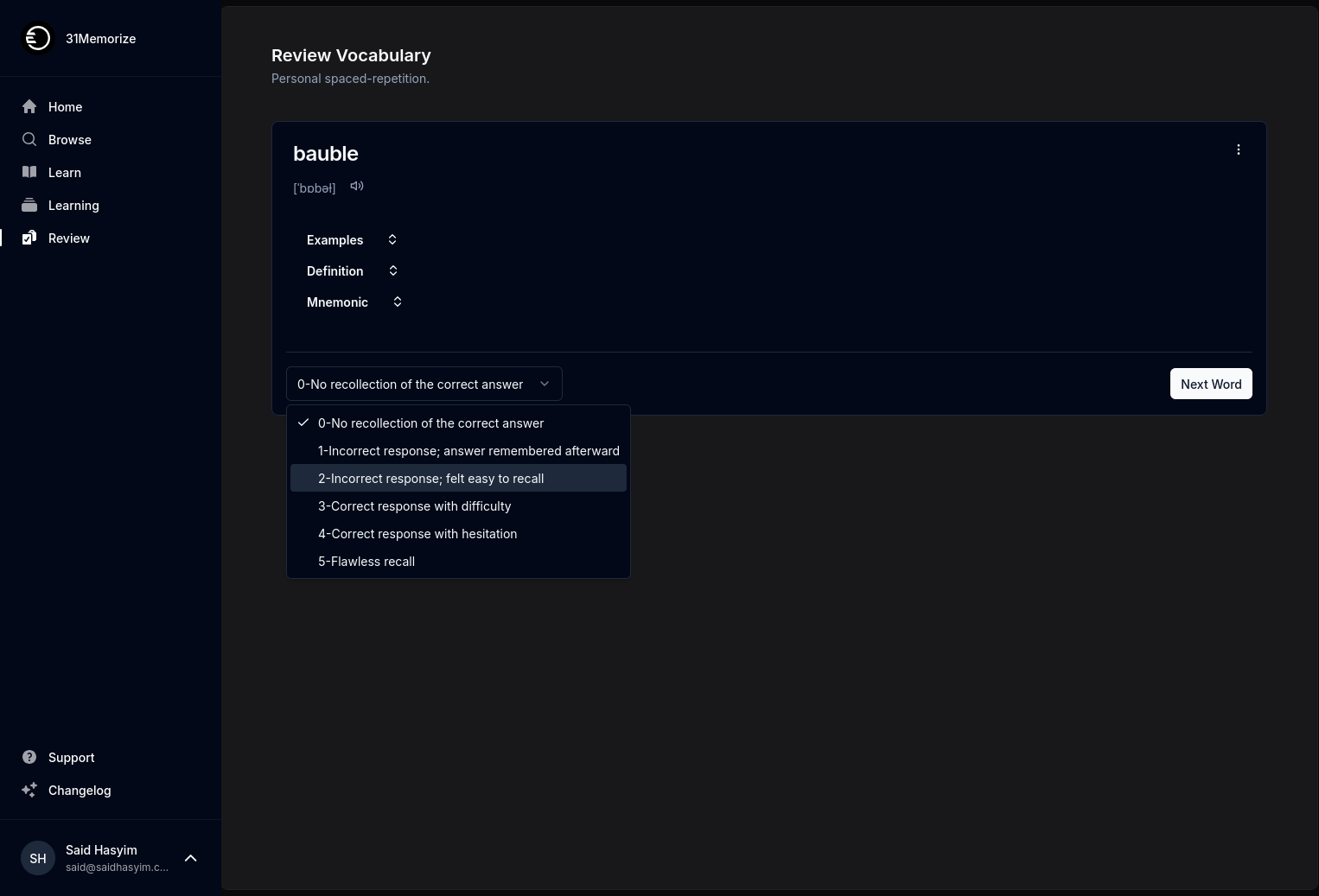How to Turn Criticism into Creative Fuel
In the journey of creativity, one of the most common yet challenging experiences we face is criticism. Whether it's feedback on a piece of art, a presentation at work, or even a personal project, criticism can often feel like a sharp sting. However, if properly harnessed, this feedback can serve as a powerful catalyst for creativity. In this blog post, we’ll explore how to transform criticism into creative fuel, empowering you to grow, innovate, and strengthen your artistic voice.
Understanding the Nature of Criticism
The Different Faces of Criticism
Criticism can take many forms and serve various purposes. It can be constructive, aimed at helping you improve, or destructive, which often seeks to demean rather than uplift. Understanding the type of criticism you’re receiving is key to processing it effectively.
- Constructive Criticism: This is thoughtful feedback that includes suggestions for improvement. It focuses on your work’s weaknesses, but with the intent of helping you develop.
- Destructive Criticism: This feedback lacks substance and is often more personal than professional, harming your confidence instead of building it.
- Subjective Criticism: Some opinions are just personal preferences, often based on taste rather than the quality of your work.
Recognizing the distinction between these types allows you to sift through the noise and find value in the feedback.
Shifting Your Mindset
Adopt a Growth Mindset
To turn criticism into fuel, you need to cultivate a mindset that embraces growth. This involves viewing challenges and obstacles—criticism included—as opportunities for learning and development.
- Listen Actively: Stay open when receiving feedback, regardless of its nature. Allow yourself to absorb the information without immediately reacting.
- Separate Self-Worth from Work: Understand that criticism of your work does not reflect your worth as a person. Separating the two makes it easier to process feedback objectively.
- Focus on Improvement: Concentrate on actionable insights. Ask yourself how you can apply the feedback to enhance your skills or project.
Reframe Your Perspective
It’s essential to actively reframe criticism into something constructive. Instead of thinking, “This feedback is harsh; I’m not good enough,” try reframing it to, “This feedback highlights areas where I can improve.” This shift opens up avenues for growth and encourages experimentation.
Analyzing Criticism
Assess the Feedback
Once you’ve received feedback, take the time to analyze it. Here are a few steps to ensure you’re parsing it wisely:
- Identify Patterns: Look for recurring themes in the criticism. If multiple sources mention the same point, it’s likely an area worth addressing.
- Seek Specifics: If criticism is vague, seek clarification. Ask critics to give specific examples, which can help make their feedback actionable.
- Fact-Check Emotion: Separate your emotional response from the actual content of the criticism. Write down how you feel and then revisit the feedback after some time.
Create a Response Plan
Develop a plan to address the feedback you’ve received. This may involve:
- Setting Goals: Define what you want to improve upon based on the constructive criticism.
- Experimenting: Try new methods or techniques to tackle areas of criticism.
- Seeking Further Feedback: After making adjustments, return to the original critics or other trusted colleagues to gain insights on your progress.
Transforming Criticism into Creativity
Use Criticism as Inspiration
Criticism can be a source of inspiration. Instead of shying away from negative comments, use them as motivation to create something new and innovative. Here are some strategies:
- Create a Challenge: Turn the criticism into a challenge or project. If someone criticizes your work as lacking depth, set out to create a piece that is excessively layered.
- Incorporate Feedback: Experiment with the suggestions given in the criticism, integrating them into your current projects.
- Artistic Response: Use the feelings incited by the criticism as emotional fuel for your art. Let your work be a testament to both the struggles and the triumphs in your creative journey.
Build Resilience Through Criticism
Every piece of criticism can fortify your resilience. The more you face feedback and learn to adapt, the stronger you become as a creator. Here’s how to build that resilience:
- Reflect: After processing criticism, take a moment to reflect on how far you’ve come. Acknowledge your growth as a creator.
- Celebrate Small Wins: Celebrate your improvements and any positive feedback you receive in the future. This reinforces the idea that growth is a continual process.
- Surround Yourself with Support: Engage with fellow creatives who provide a support network to encourage and uplift when criticism feels overwhelming.
Final Thoughts
Criticism may never feel pleasant, but embracing it can uncover pathways to artistic evolution you never envisioned. By understanding the nature of criticism, shifting your mindset, analyzing the feedback thoroughly, and creatively responding, you can transform painful moments into opportunities for innovative breakthroughs and personal growth.
As you navigate your creative journey, remember that every critique is not just a reflection of your work but a stepping stone toward your future successes. Harnessing criticism as creative fuel allows you to not only improve your work but also to foster an unwavering spirit that embraces growth, curiosity, and resilience.
So, the next time you find yourself facing criticism, dare to look at it as an opportunity—a chance to evolve and fuel your creativity in ways you've never imagined. Your best work might just be a critique away!
